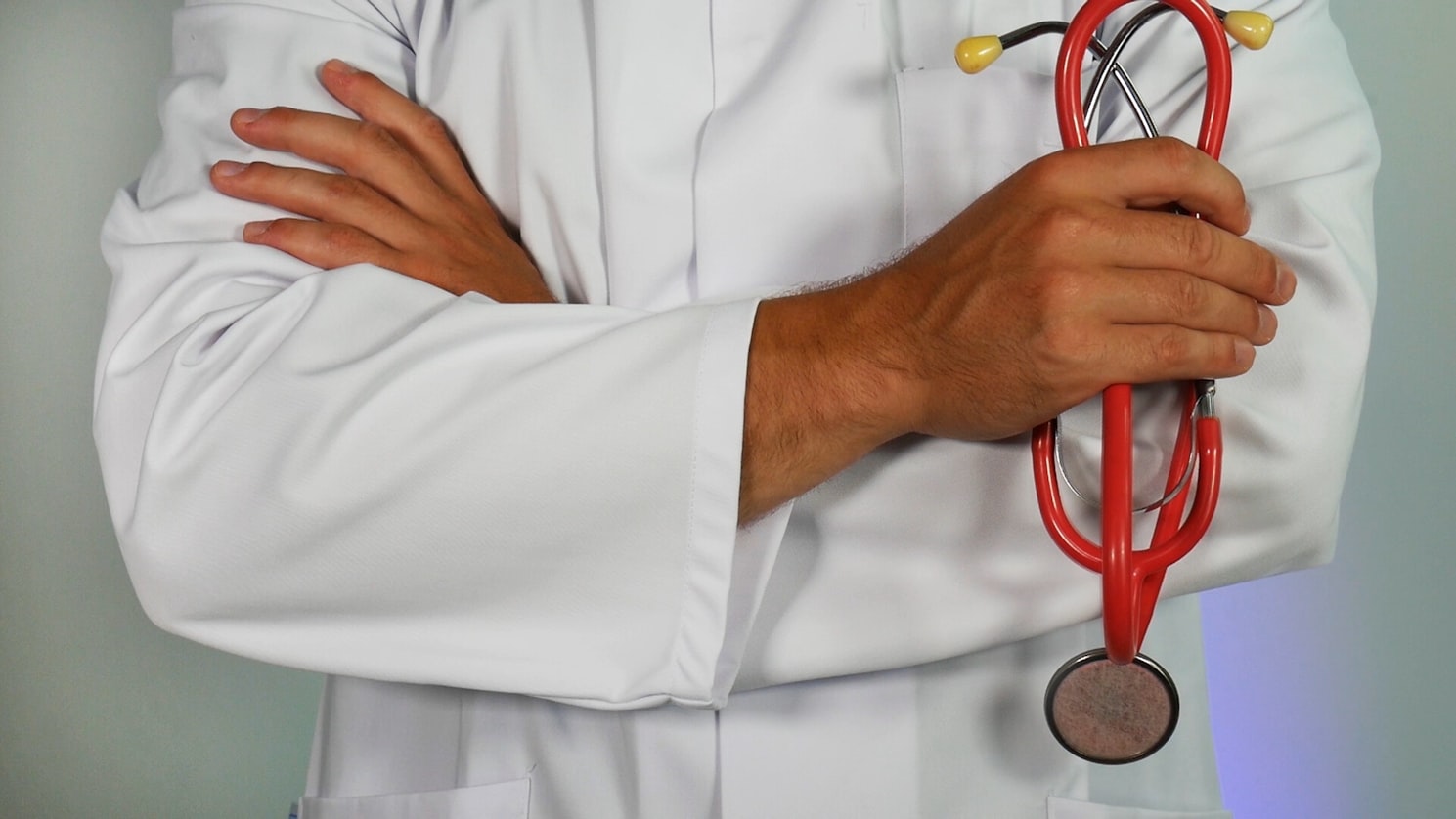Even people desperate to end their substance abuse often can’t. But thinking differently about how the brain is affected by addiction means the answer could be, ironically, in a pill.
Graham* is no-one’s idea of an addict. A light, social drinker in his 60s, he’s never taken recreational drugs or wanted to. After he had his back operation, he was strict about how he took the opioid pain relievers he was given, and he was keen to stop taking them. As it turned out, maybe too keen.
Rather than slowly withdraw from the tablets, Graham just stopped taking them. A couple of days later, he was restless and edgy. He couldn’t sleep and wandered around the house all that night and the next. Despite taking a minimal dose for only a few weeks, Graham was now suffering withdrawal.
His doctor put Graham back on the opioid pain relievers so he could ween off them slowly.
The addiction that Graham experienced was mild and easily resolved, but the work of Associate Professor Michael Bowen (BA(Hons) ’10 PhD ’14), from the Faculty of Science and Brain and Mind centre, and his team aims to help people whose addictions might be overwhelming enough to destroy careers and relationships and, indeed, be deadly.

The fight against addiction is difficult. Associate Professor Michael Bowen thinks differently to find new solutions.
“Addiction causes changes in the brain that make it harder and harder for someone to stop,” says Bowen, a tall, and warmly engaging researcher whose youthful looks bely his numerous achievements and awards.
“What we now know about the addicted brain tells us there could be a medicinal way of managing addiction. That’s what we’re working on.”
There are two approaches being looked at. The first involves stimulating social pathways in the brain to shift focus away from seeking out addictive substances and back onto engaging in positive social support networks; known to be critical for long term recovery.
The second approach involves reducing the traumatic effects of withdrawal to make giving up easier and possibly preventing full-fledged addiction from forming in the first place.
It’s a tough adversary, but new pharmacological treatments will be a key part of the solution. We are hopeful that our work will provide a much-needed breakthrough.
Finding hope in the love hormone
A key substance in the first approach is oxytocin. Sometimes called ‘the love hormone’, oxytocin is an important chemical driver that promotes bonding and a sense of belonging, with receptors for it found throughout the brain.
It is implicated in the motherchild bond, family togetherness, friendship and social skills, among many other things.
“You could say it helps increase the salience of the social world, something that, tragically, often degrades severely for an individual as they develop a chronic substance use disorder,” says Bowen.
In testing the effect of oxytocin during alcohol consumption, Bowen’s team found that rats given a dose of the hormone before consuming alcohol, passed the rodent version of sobriety tests with flying colours because oxytocin blocked alcohol from acting at sites in the brain that cause intoxication. The tests also suggested that oxytocin can reduce the amount of alcohol rodents consume, overall.
“It seems to prevent alcohol from hijacking pathways in the brain that mediate alcohol’s rewarding and motivating effects,” Bowen says.
Australia has a very strong motivation to reduce alcohol abuse. According to the National Alcohol Indicators project, an estimated 5797 Australians aged 15 and over died from alcohol-related causes in 2015, while alcohol-related hospitalisations from 2012 to 2013 exceeded 144,000 – that’s 400 people a day.
Worldwide, 3 million deaths every year result from harmful use of alcohol, according to the World Health Organisation. This represents 5.3% of all deaths.
Facing the opioid crisis
While oxytocin shows real promise for a range of addictive substances, a continuing challenge is how to effectively administer it to humans. As Bowen’s team and his collaborators look at methods from tablets to nasal spray, he is also pursuing other treatment options, including the compound KNX100, a novel treatment for opioid withdrawal which Bowen co-invented at the University of Sydney.
So promising is KNX100, Bowen co-founded a spinout company, Kinoxis Therapeutics, in 2018 to fully focus the research; Bowen is now its Chief Scientific Officer. Encouragement came quickly, with Kinoxis awarded a grant of up to $US.4.6 million by the US National Institutes of Health. Its first ever human clinical trial is scheduled for early next year.
There is strong motivation for Bowen’s opioid work. In just over a decade, the Australian death rate from opioids has more than doubled, and in the United States, opioid overdose is now the number one cause of preventable deaths, killing more people than firearms or car accidents.
“Addiction is a complex brain disorder,” says Bowen. “It changes the way people think, the way they behave, the way their brain and body functions.
“It’s a tough adversary, but new pharmacological treatments will be a key part of the solution. We are hopeful that our work will provide a much-needed breakthrough.”
Beating addiction
Individuals, families, communities – all can be devastated by addiction. But an answer is emerging. To find out more or to help advance neurological research, please phone Charly Brown on +61 2 8627 8818, or email [email protected]
*Not his real name
Written by George Dodd. Photography by Stefanie Zingsheim.








